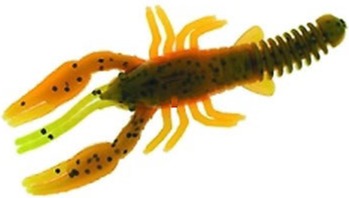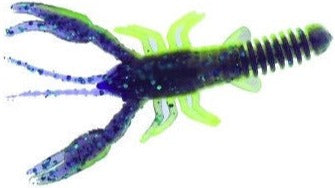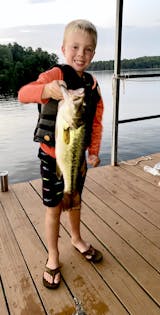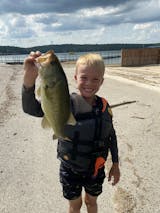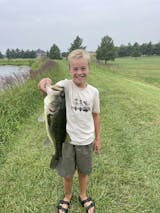Fishing Baits: Crawdad, Crawdaddy, Crawfish, and Crayfish
February through May is the first major period of crawfish activity, based on geographic location. When the water temperature reaches approximately 50 degrees, crawfish emerge from rock crevices into the great wide open and begin looking for receptive females.
Many of the emerging crawfish males and females are still sexually active from the previous fall. What's significant about this two to three-week period in spring (depending on rising water temperature), is that it's one of the few times males walk on top of rocks, exposing themselves to bass.

Trapping studies have revealed that below 45 degrees, crawfish have little to no activity while buried in mud burrows or rock crevices. But when the water rises to 50 degrees, it's a whole new ballgame.
One of the best ways to fish crawfish baits, hard plastic or soft, is to work them parallel to rocky banks, changing depths until you find fish. One of the most important elements of making a believable presentation with a crawfish imitation is to keep in contact with the rock or cover you are fishing. The ticking of a crankbait bill or lead sinker against a rock imitates the clicking of real crawfish enticing bass to strike. Plus, contacting the cover ensures your bait is hugging the bottom, where crawfish live. Add internal rattles to plastic baits, and allow the bait to sit for an extended period of time. Small shakes of the rod tip will activate the rattles, drawing bass to your offering.
-
Dry Creek Drop Shot Craw 3 inch Soft Plastic Craw 12 pack
from $5.29from $4.505.0 / 5.0
4 Reviews
Features: The Dry Creek Drop Shot Craw is a 3 inch soft plastic craw designed specifically for drop shot rigs. Its claws move with life-like moti...
View full details





